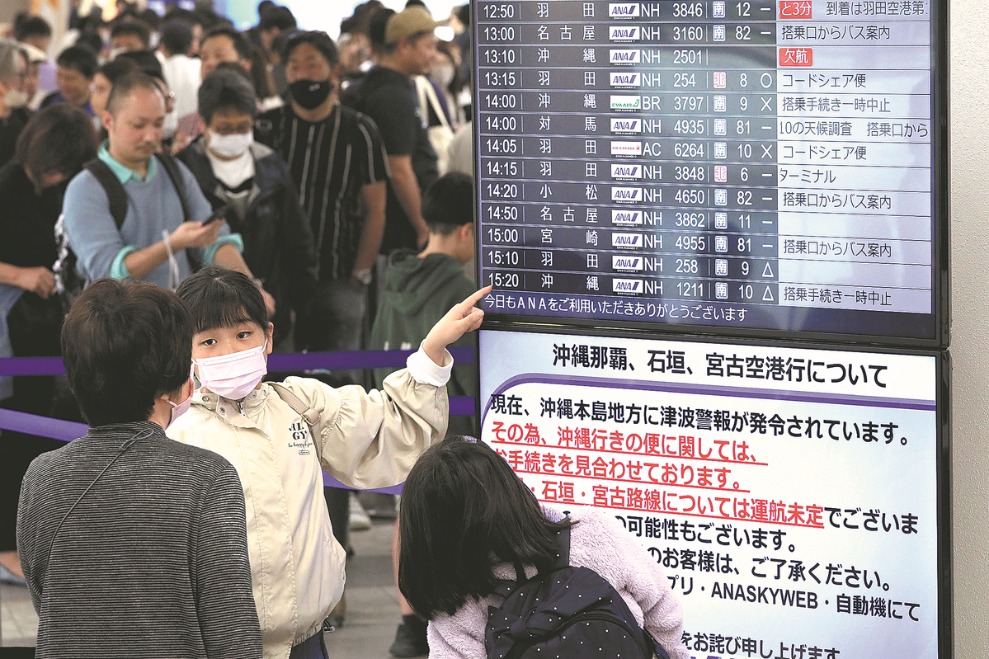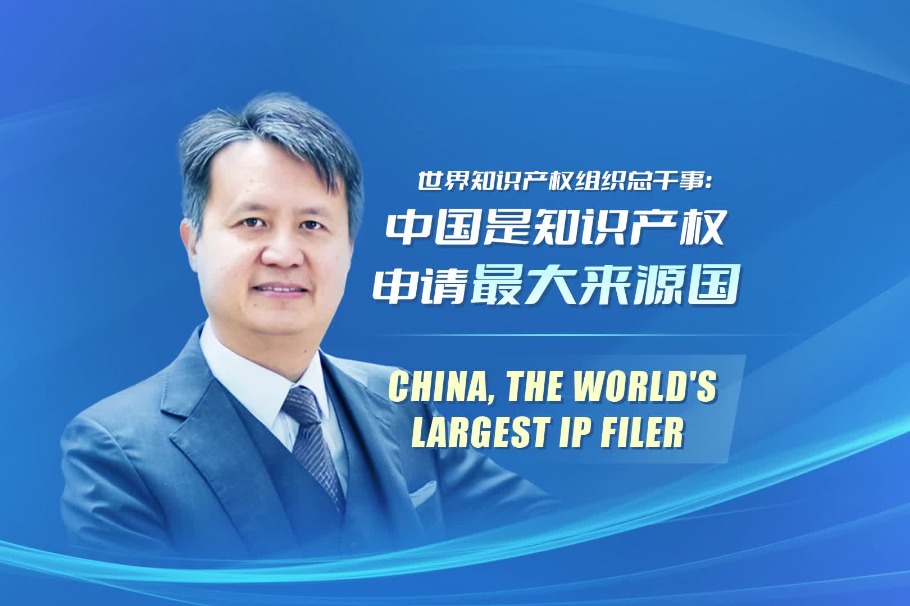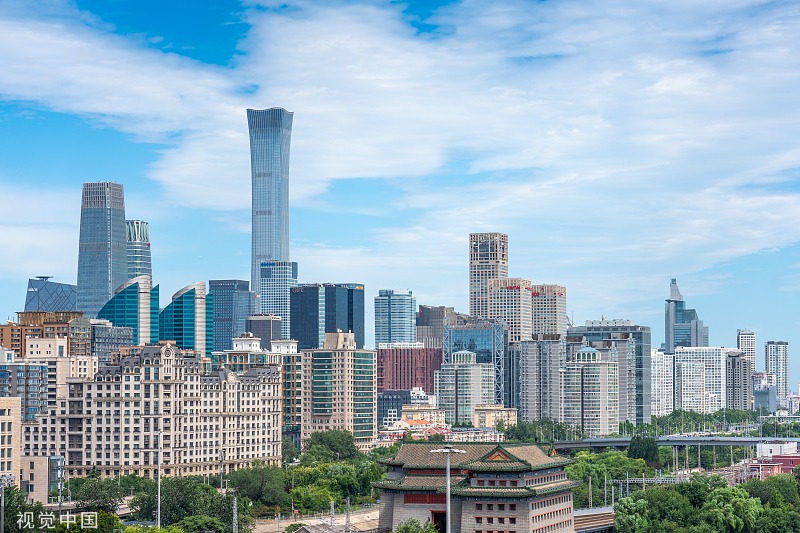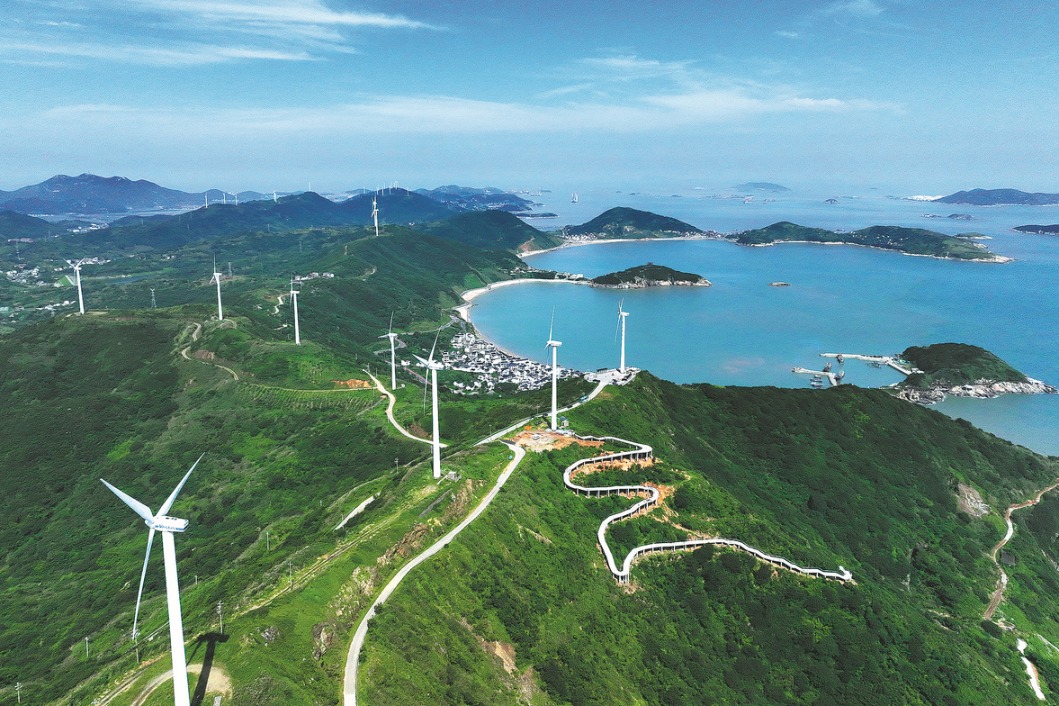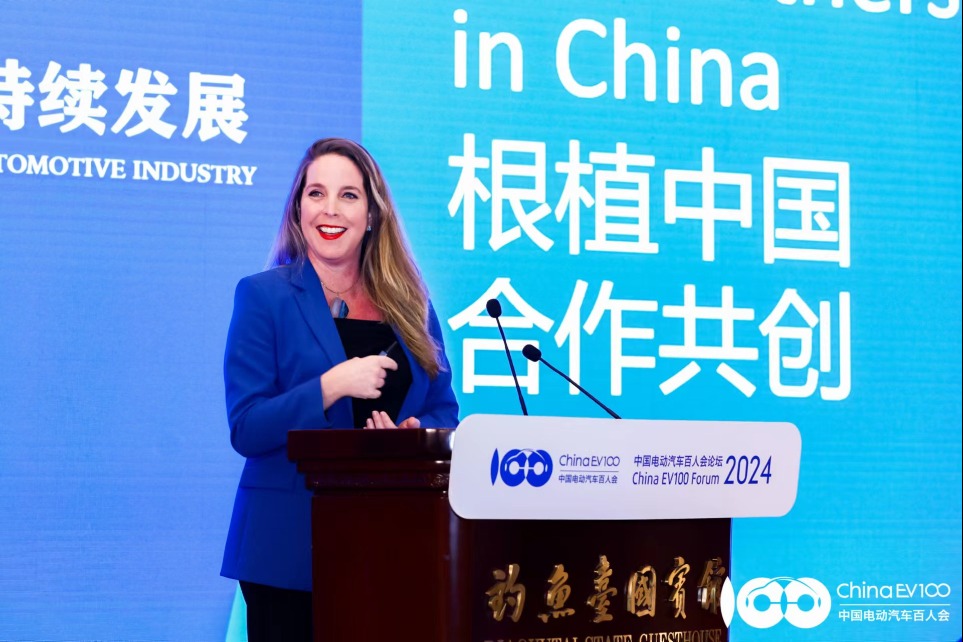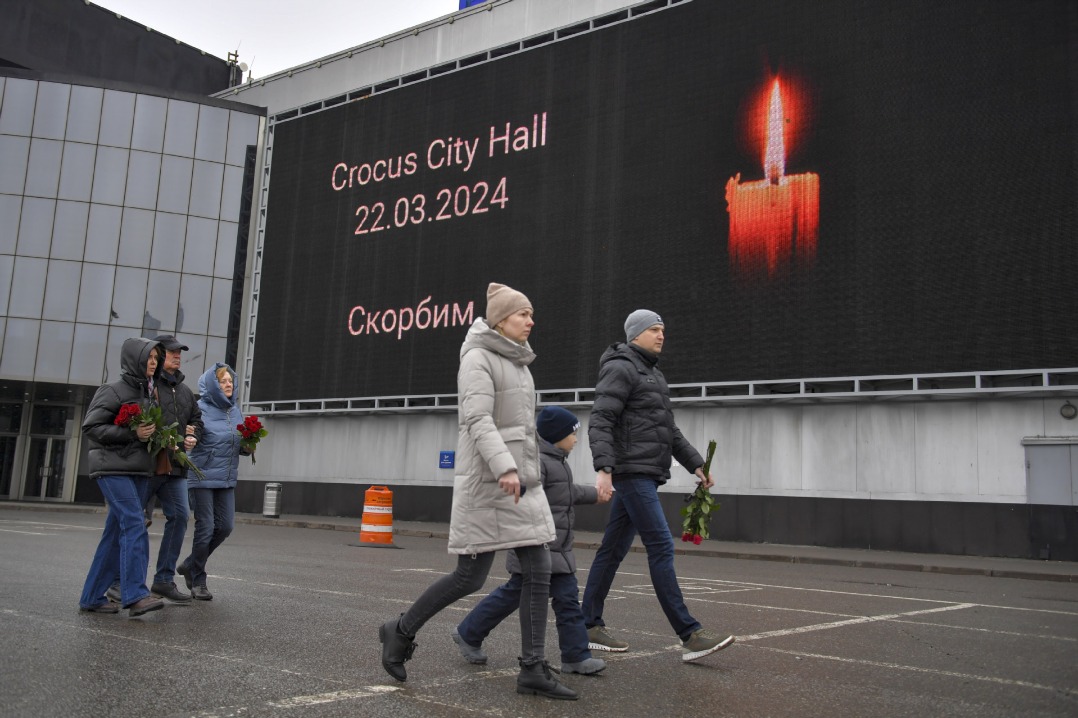Tiangong science lecture aired for students worldwide
By ZHAO LEI | chinadaily.com.cn | Updated: 2023-09-22 00:07
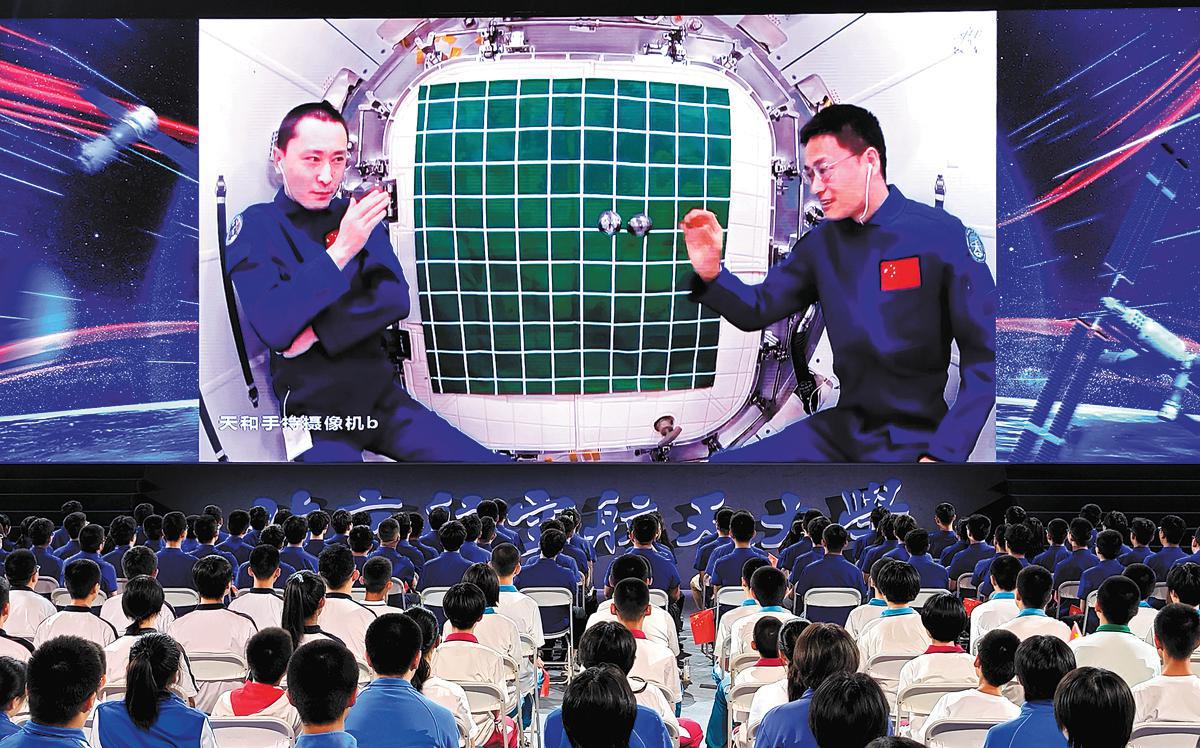
The Shenzhou XVI crew members gave their first science lecture on Thursday afternoon from the orbiting Tiangong space station to students around the globe.
In the first part of the 48-minute lecture, livestreamed worldwide by China Media Group, mission commander Major General Jing Haipeng, spaceflight engineer Colonel Zhu Yangzhu and the mission's science payload specialist Professor Gui Haichao greeted the students and showed them the living and work quarters as well as the cutting-edge scientific apparatus inside the Mengtian science module. They also shared their experiences in space.
The crew then conducted several experiments to show physical phenomena in the unique environment inside the space station.
In one experiment, Zhu and Gui used ping-pong paddles and water balls to display the effect of liquid surface tension in orbit. In another experiment, the two astronauts lit a candle to show how a flame takes shape in a microgravity environment.
The astronauts invited students to conduct similar experiments on the ground to observe the differences between those undertaken in space and those on Earth.
They also answered questions from the students on topics including space debris, the impact of weightlessness on astronauts and scientific payloads onboard the massive orbital outpost.
Tens of millions of students across China watched the televised event hosted by the China Manned Space Agency, the Ministry of Education, the Ministry of Science and Technology and other government departments.
Thousands of invited students in Beijing, the Inner Mongolia autonomous region, and Zhejiang, Anhui and Shaanxi provinces took part in the lecture at "ground class venues".
The main ground venue was a gymnasium inside Beihang University in Beijing, formerly called Beijing University of Aeronautics and Astronautics.
Gui taught spacecraft systems at the university's School of Astronautics before he was picked by the Astronaut Center of China for the Shenzhou XVI flight.
More than 2,400 students and teachers from the university and primary and middle schools attended the "ground class" at the gymnasium venue.
"I felt very privileged to be able to hear and watch the lecture given from space, which showed our nation's power in science and technology. I was most intrigued by the candle experiment," said Li Baixuan, a student from the Beihang Experimental Primary School. "The astronauts showed us what science and technology can achieve. I wish to fly to space someday."
Zhao Ziyi, a Beihang University student majoring in aerospace dynamics, said she was thrilled to know more about the science equipment inside the Mengtian module.
Zhao said the experiments conducted by the astronauts increased her enthusiasm and strengthened her resolve about space exploration. "As a student of aerospace dynamics, I regard our astronauts as my role models, and I will strive to use my knowledge to serve our motherland," she added.
The activity marked the fourth lecture of the Tiangong class series, China's first extraterrestrial lecture series that aims to popularize space science. It was also the first time the Shenzhou XVI crew members gave a lecture from space.
The astronauts arrived at the space station on May 30 to take over the orbital outpost from their Shenzhou XV peers who had stayed there for six months.
The journey of the Shenzhou XVI crew is the maiden flight of China's third generation of astronauts, which includes Zhu and Gui. It is also the first time a Chinese civilian has traveled to space, with Gui the nation's first nonmilitary astronaut.
As of Thursday afternoon, mission commander Jing's team had worked 114 days in orbit. The astronauts are in good condition. They are scheduled to live inside the space station for around five months and return to Earth in November, according to the China Manned Space Agency.
So far, Chinese astronauts have conducted five space-based science lectures for students. China's first such lecture was delivered in June 2013 during the Shenzhou X mission.






